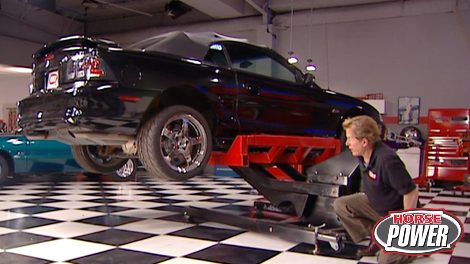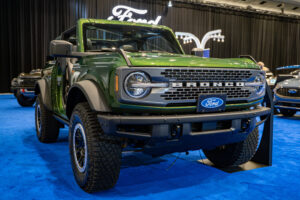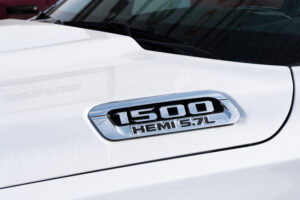
Mustang Rearend
“Project Pony” comes galloping back. This time for a rearend upgrade to help it plant the power. The work includes a new gear set, posi traction, and axle upgrade. Also, the owners of the Real Ride Challenge chosen car bring their prized ride in to begin its makeover
Season 8
Episode 14






























